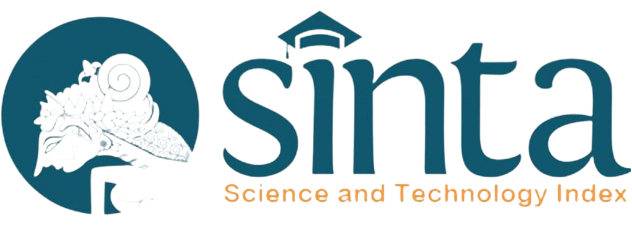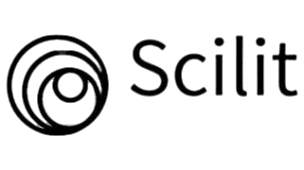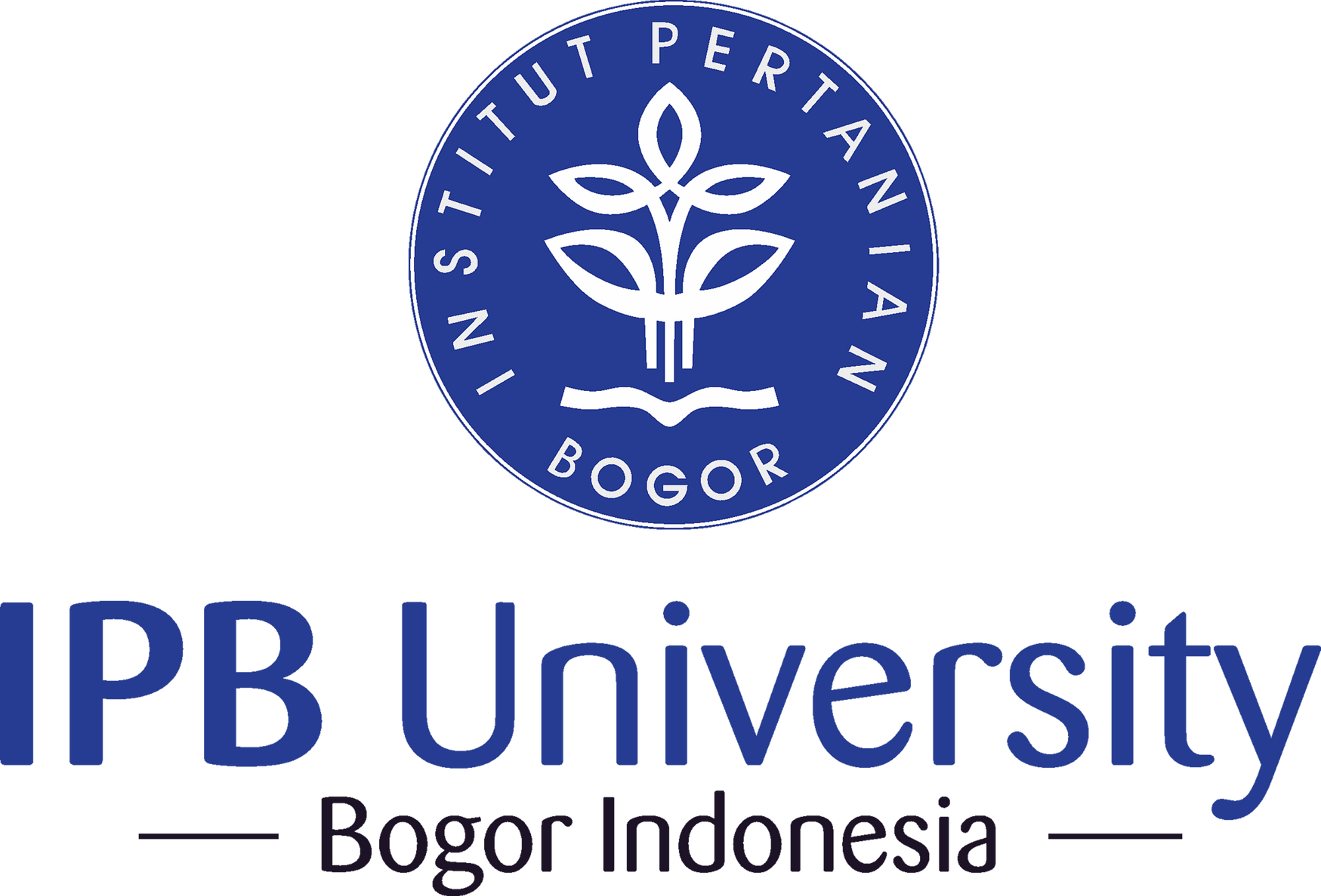In Vitro Induce Mutation of Banana cv. Tanduk and Early Detection of Shoots Variant Resistances to Fusarium oxysporum f.sp cubense
Abstract
Pisang Tanduk (AAB) is a cooking type with fruit characteristics that has long self life but produces a small number of bunch. The objective of this study was to induce mutation of Pisang Tanduk, and identify in vitro variants that resistant to Fusarium oxysporum f.sp cubense (Foc). The explants of Pisang Tanduk was grown in Murashige and Skoog's media with the addition of 6.5 mg L-1 BAP, 1.175 mg L-1 IAA, and 0.22 mg L-1 TDZ for three months. The banana shoots were then irradiated with gamma ray at 0, 20, 30, 40, 50, and 60 Gy (Co60). The results of the experiment using CurveExpert 1.4 showed that a reduction in the growth of in vitro shoots of Pisang Tanduk of 20-50% (LD20-50) is in the range of 30.64 - 68.66 Gy. After proliferation and multiplication for six months showed that the highest number of in vitro shoots and leaves was made by unirradiated (0 Gy), and the the highest number of meristem nodules was made by 40 Gy irradiation. The screening of in vitro shoot variants against Foc was carried out through in vitro dual culture techniques. This experiment indicated that most of the variants tested were susceptible to Foc infection. The variant that were identified as mildly resistant to Foc were regenerated from 30 Gy gamma irradiation.
Keywords: Cooking banana, gamma irradiation, lethal dose, dual culture













